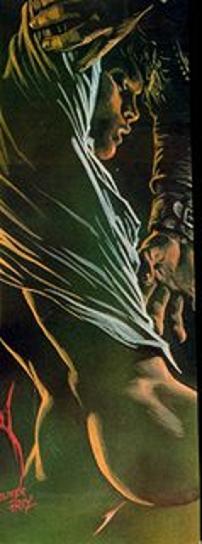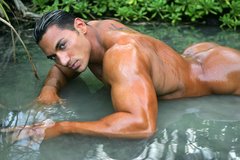Then the trolley headed back into town for us to see some typical Punda and Pietermaai buildings. These include the famous Penha store.



The following is an excerpt from Caribseek:
Since building materials were scarce on these barren soils, coral and quarry stone were used for the basic structure, joined with mortar of loam, lime and sand drawn from the sea, and finished with lime plaster and tiled roofs.
As Magnificent as they were, most of Curacao’s architectural treasures carried the seeds of their own physical deterioration. The salt from the sea stones and sand that were used in their construction lurked quietly under the surface for years, then began leaching out, eating away at the structure from within. Today, the signs of this “wall cancer”, as it has been graphically named by locals, can be seen everywhere on many crumbling facades.
Yet, the Dutch government has declared Willemstad protected, so none of the historic buildings can be destroyed. They all must be renovated. So whole neighborhoods exist that look like this:


Next, the trolley took us to see the oldest still functioning synagogue in the Western hemisphere, the Mikvé Israel-Emanuel Temple in Curacao which was founded in 1651. Their web site is amazing as it chronicles everything about their journey to escape the Spanish Inquisition and establish this new settlement in the West Indies. Interestingly, the floor of the synagogue is sand.




The trolley’s last stop was Fort Amsterdam which was built in 1635 strategically on the point of Punda. Captain Bligh shot a cannon ball into the wall which the trolley tour director pointed out to us. Then we were allowed to roam around. When we returned to the trolley, we were told that the tour was over and we were on our own.




The offending cannon

























small.jpg)


2 comments:
I sure have to book a holiday to this paradise.
You will love it Peter! I think that anybody who went there would. Thanks for commenting; I really appreciate it.
Post a Comment